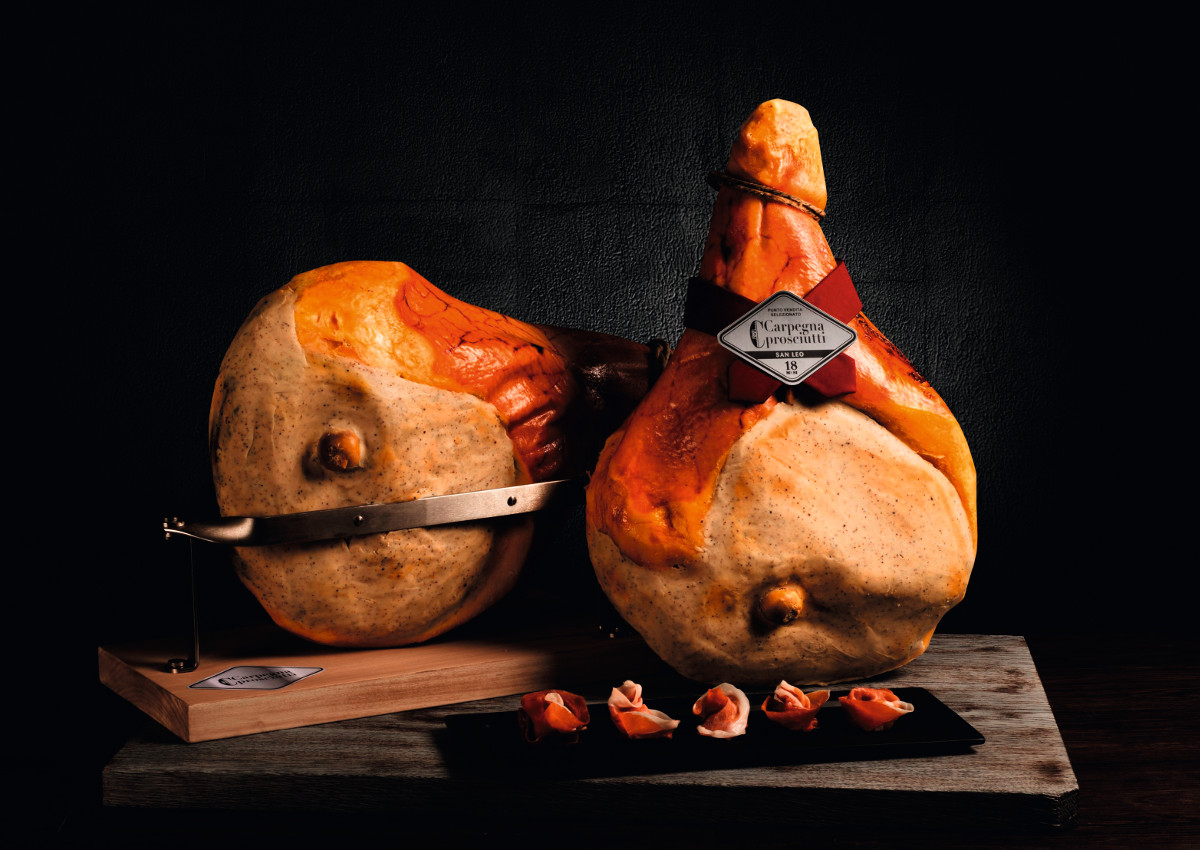
For the first time a European PDO typical and excellent product, Italian Prosciutto di Carpegna PDO, has obtained protection in Canada under the CETA agreement. And it did so with a minimum expense (just over 300 euros), simply through a request from its protection Consortium. The request was accepted thanks to the open authorization system that regulates the trade agreement between EU and Canada.
PROSCIUTTO DI CARPEGNA PDO: THE STORY OF A PROTECTION APPLICATION
The story of the small PDO ham from Montefeltro (in the Marche region) was thus taken as an example a few days ago by the European Commissioner for Agriculture Phil Hogan. Speaking to ministers in the EU Council he said: “An Italian PDO food product, Prosciutto di Carpegna, shows that the CETA works. Canada has introduced a new system of legal recognition for geographical indications. It offers Consortia the possibility of filing directly an application for protection in Canada – for food or wine and alcohol -. This possibility did not exist before the CETA.”
HOW CETA WORKS
In fact, the CETA agreement already provides for new names to be added to the list of protected PDOs and PGIs through negotiation between the parties, namely the European Union and Canada. But the new Trade Mark Regulation introduces an open authorization system offering a more flexible and faster ‘private’ procedure whereby Consortia can enter their PDOs and PGIs in a special register of geographical indications to be protected.
